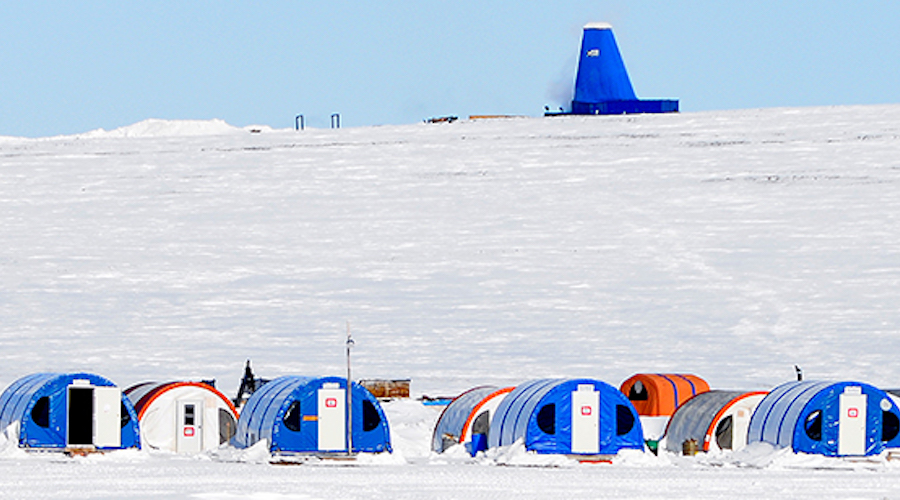Lost fragment of ancient continent found at De Beers project in Nunavut

Kimberlite rock samples recovered at De Beers Canada’s Chidliak project in Nunavut unveiled the composition of the North Atlantic craton—an ancient part of Earth’s continental crust that stretches from Scotland to Labrador.
The samples were retrieved by Peregrine Diamonds, a junior exploration company that was acquired by De Beers in 2018, and were later on analyzed by a team of researchers at the University of British Columbia.
At the lab, the group of scientists noticed that the pieces bore a mineral signature that matched other portions of the North Atlantic craton.
Chidliak is located on Canada’s Baffin Island, approximately 120 kilometres northeast of Iqaluit, the capital of the Nunavut territory. To date, 74 kimberlites have been identified on the property
“The mineral composition of other portions of the North Atlantic craton is so unique there was no mistaking it,” geologist Maya Kopylova said in a media statement. “It was easy to tie the pieces together. Adjacent ancient cratons in Northern Canada—in Northern Quebec, Northern Ontario and in Nunavut—have completely different mineralogies.”
Kopylova, who is the lead author of a paper that outlines these findings, explained that cratons are billion-year-old, stable fragments of continental crust —continental nuclei that anchor and gather other continental blocks around them.
Some of these nuclei are still present at the centre of existing continental plates like the North American plate, but other ancient continents have split into smaller fragments and been re-arranged by a long history of plate movements.
The newly identified fragment covers the diamond-bearing Chidliak kimberlite province in southern Baffin Island. It adds roughly 10% to the known expanse of the North Atlantic craton.
“With these samples, we’re able to reconstruct the shapes of ancient continents based on deeper, mantle rocks,” Kopylova said. “We can now understand and map not only the uppermost skinny layer of Earth that makes up 1% of the planet’s volume, but our knowledge is literally and symbolically deeper. We can put together 200-kilometre deep fragments and contrast them based on the details of the deep mineralogy.”
In exchange for the samples, the UBC research team provided De Beers with information about the deep diamondiferous mantle that is central to mapping the part of the craton with the higher changes to support a successful diamond mine.
{{ commodity.name }}
{{ post.title }}
{{ post.date }}

Comments